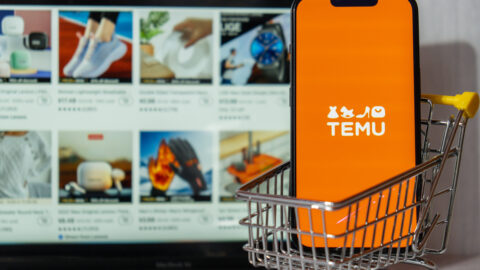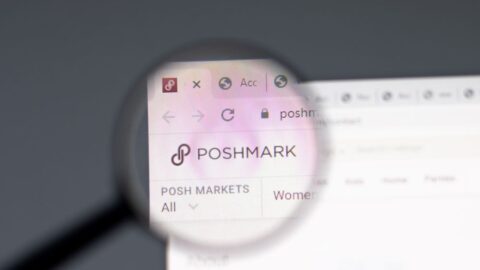|
Editor’s Note: The following is the second article in a three-part series on mobile and retail that explores where, how and what to leverage when launching your mobile strategy. View part one here. |
Here is an elementary seven-point checklist to reference as you build out and manage your mobile channel. These steps allow retailers to capitalize on existing resources:
• Leverage existing consumer behavior
How many conference panels have I attended where the line following, “This is the year of mobile,” is: “We just need to educate the consumer”? It is pure hubris to say that you will “educate” the user who is far more advanced intuitively then a pack of marauding mobile experts?
They are using their phone for mobile web and SMS seamlessly throughout their day in our stores, hotels, events.
Our humble goal is just try to “keep up” and capture a small piece of their conversation. They are way ahead of any marketing department.
• Leverage the largest mobile install base
If education is not the word of the day, then try to forget anything that looks like a “shiny object” or “new-fangled solution.” (Even if there are 65,000 of them on a mobile storefront somewhere).
If the consumer is using SMS and the mobile WEB as their main channels, then use them. When you think you should “walk” before you run: start at a crawl.
- Build your SMS opt-in community.
- Buy some mobile advertising inventory.
- Use both to drive conversion solutions.
Reach and frequency are the two words that you need to continually use in the same sentence as mobile advertising and marketing.
• Leverage existing promotions and CRM strategies.
IT will tell you this but I will remind you: mobile should be an extension of business-as-usual in the store, street, office.
Use mobile APIs (application programming interface) and tie them into your existing communication services and databases. Email, IVR, SMS, MMS should all be fluid two-way opt-in channels.
• Keep it very, very simple
Seems like an also-ran statement but somewhere between concept and launch many mobile solution providers lose their simplicity gene.
The mobile consumer is on the run: you need one click2engage, one click2commerce, one click2bricks&mortar.
Add one step and you have lost your consumer.
• Make it an intimate, personal, one-to-one channel
Cliché but if you forget and build your service incorrectly, you will dramatically lose your hard-earned opt-in. While SMS has a nearly 100% open-rate (buzz-to-view time will amaze the most-jaded CMO), SMS also has an equally high opt-out rate (if the viewed message is not what the subscriber expected).
The channel is digital gold. The consumer is now including you alongside their personal messages. You need to make a commitment to be as targeted and contextual as possible.
• Make it a “Trojan” channel
Allow your consumer to reach you directly for product and service information. In a world where you know more about your brand than the in-store sales person, allow the consumer to surreptitiously search, surf, test that product directly and learn why they need to buy it NOW.
Just as New Balance allows the customer to test their new shoes and walks them through a custom in-store experience, every product can be the in-aisle expert guiding the potential consumer reviews, insights and tips.
Additionally, allow the consumer to use this channel to post reviews, insights and tips to you. Use it for pop-SURVEY S to gage just-in-time feedback.
• Make it horizontal
Mobile is a perfect medium to add to your existing media touchpoints.
In a world where most of the media plan is bought as vertical PUSH media, mobile is often PULL. It allows the consumer to SMS and get information, rewards, incentives off OOH, TV, Radio, Print, and other non-interactive media.
Do not manage your mobile channel in isolation.
There are many more things to add to this list but if you get this far, you will join the members-only A-list of “mobile experts” and have the hubris of authoring your own list.
Send any insight or questions my way: please text message “GARY + Your Comment” to “88398” Msg & data rates may apply.
Gary Schwartz founded Impact Mobile in 2002 having worked in the IT and telecommunications industry for over 20 years. Over the past eight years, Gary has played a leadership role in the mobile industry, running the first cross-carrier short code campaign in North America, and founding the CWTA Mobile Content Committee to establish policies and increase awareness to promote standards and adoption. Gary is the founder and co-chair of the Mobile Marketing Committee for the US Interactive Advertising Bureau (IAB) http://www.linkedin.com/groups?gid=1483817 and is a director on the board of the Mobile Entertainment Forum (MEF).













